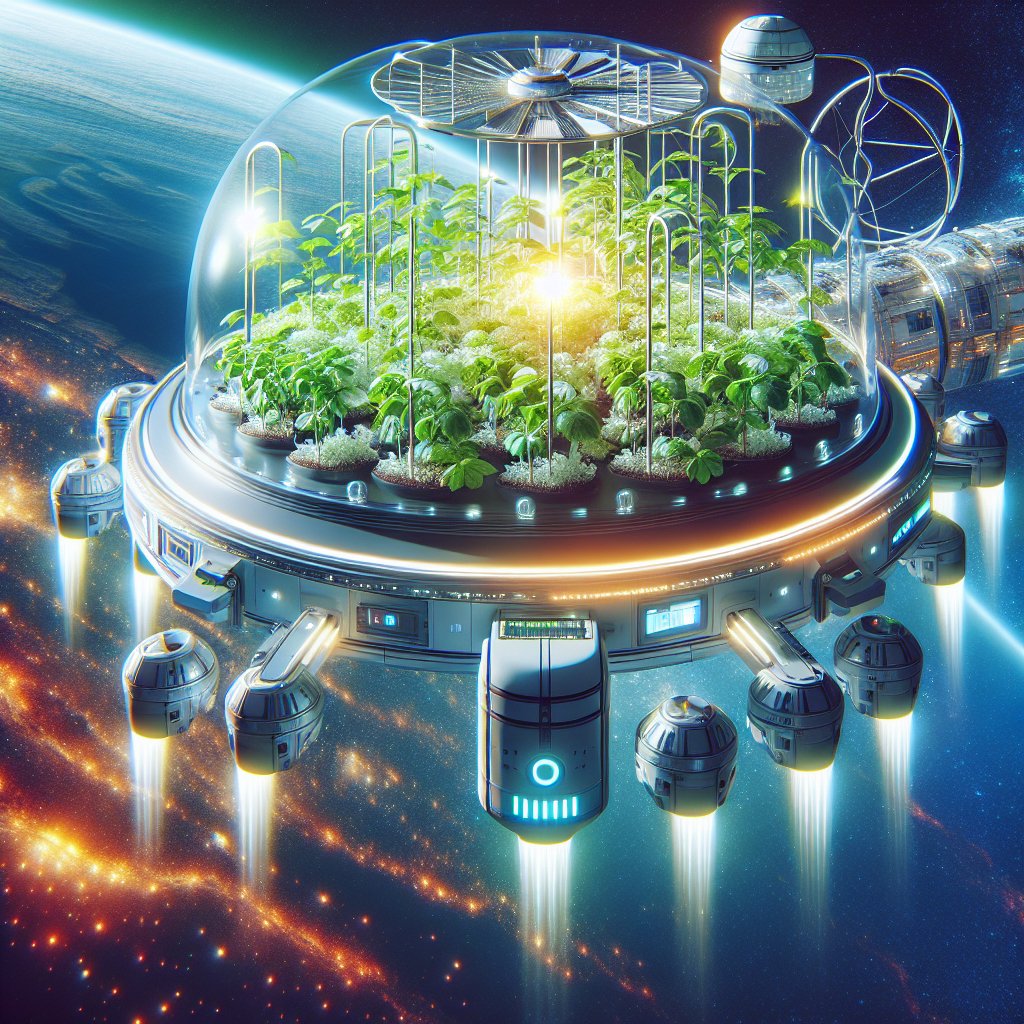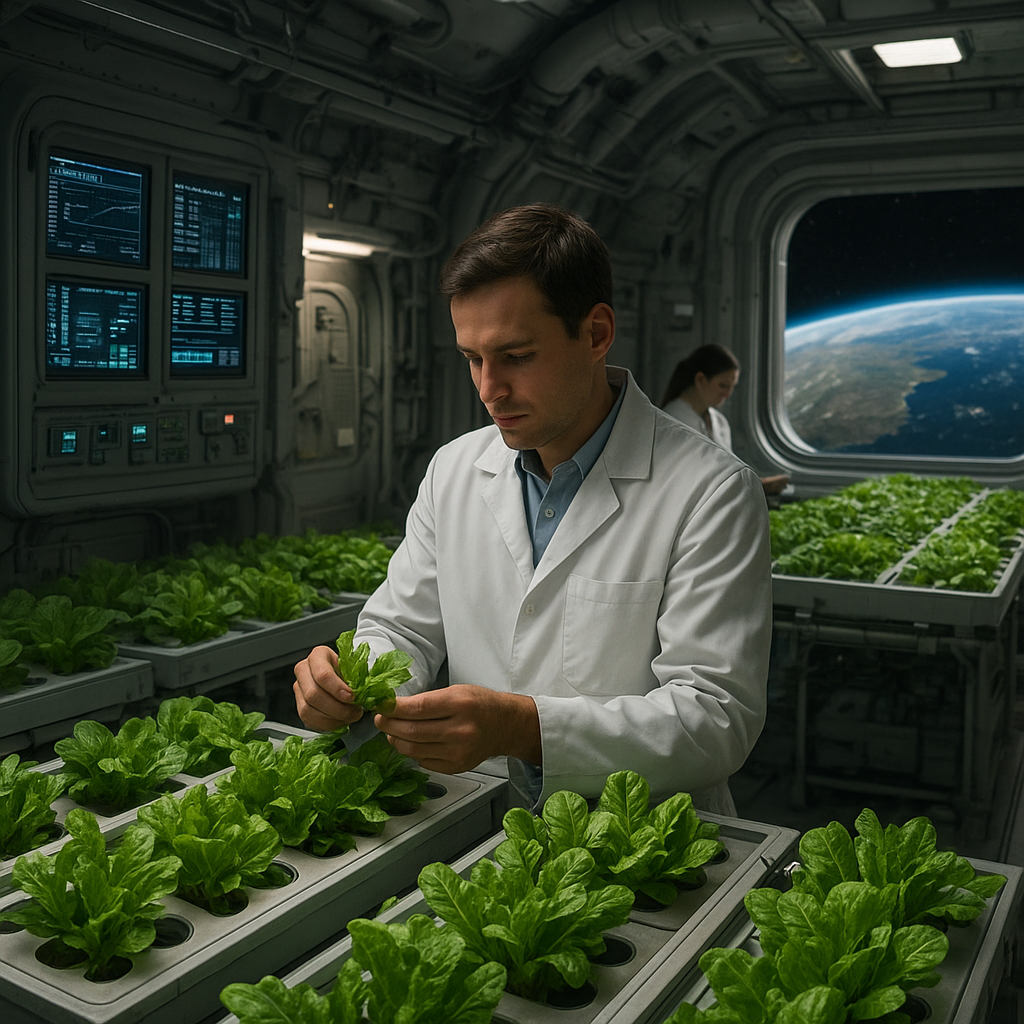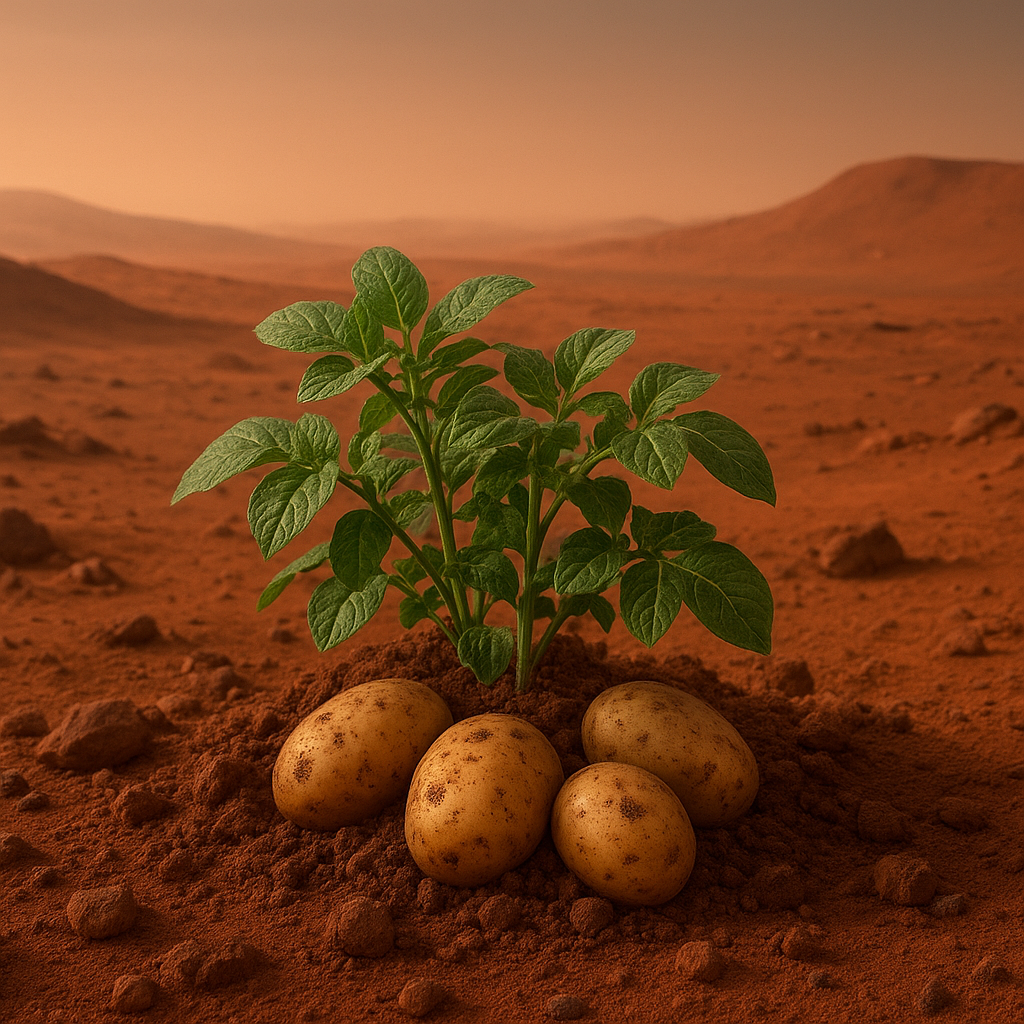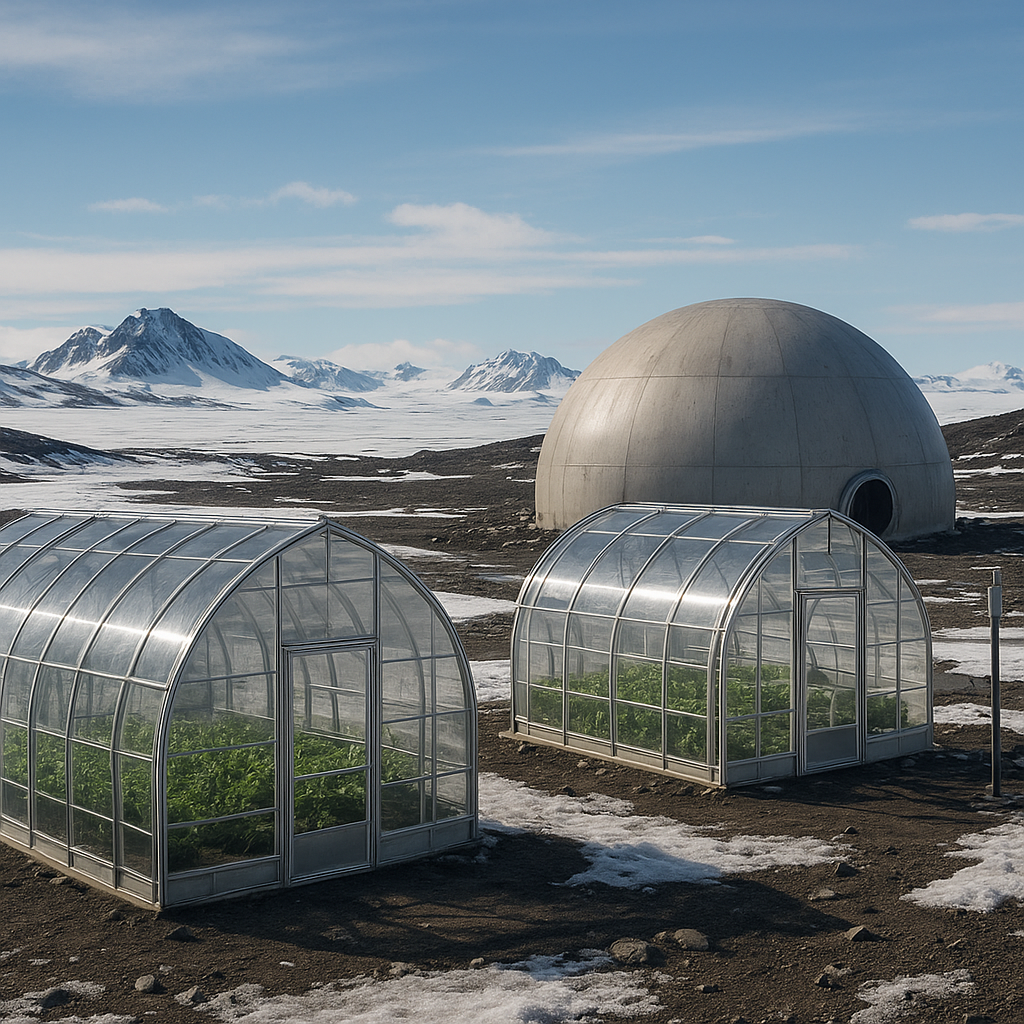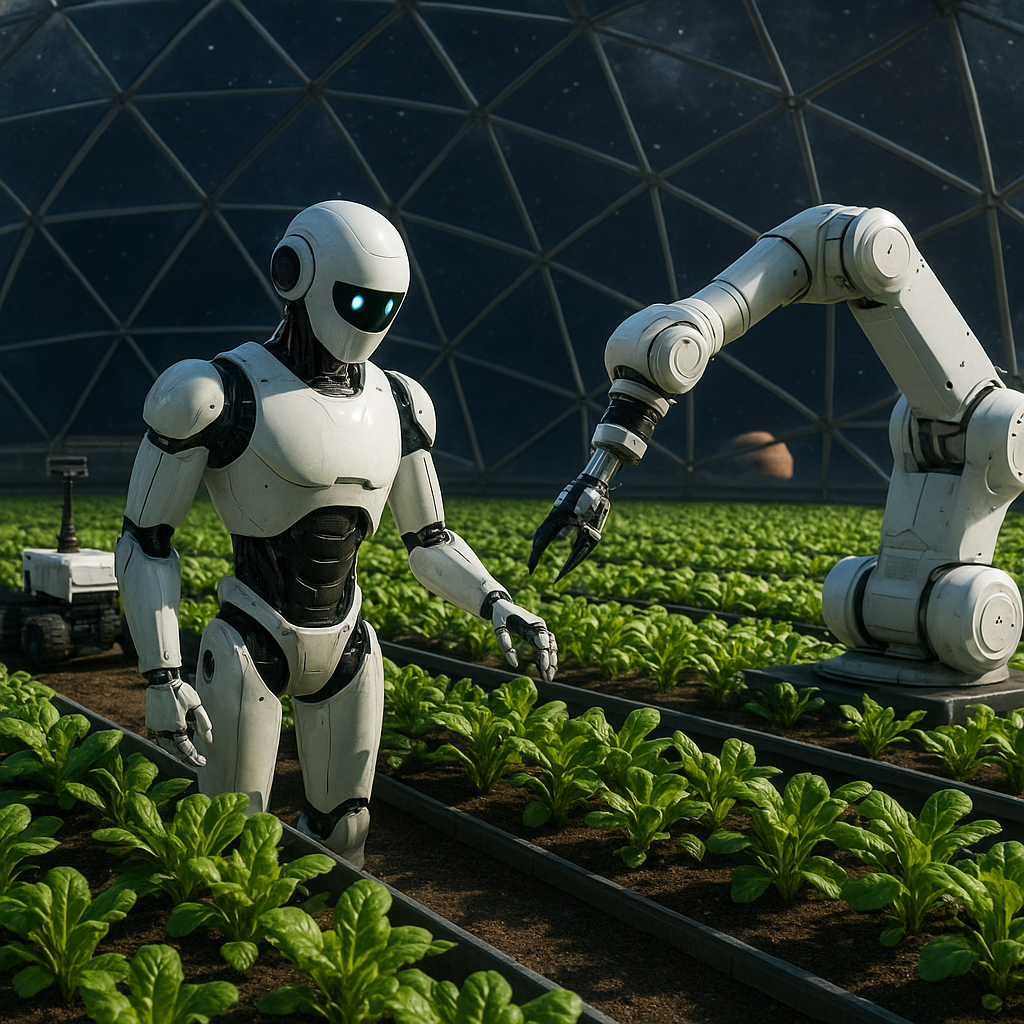The intersection of agriculture and space exploration is becoming an increasingly vital area of research and innovation. As humanity looks to the stars, the need for sustainable food production in extraterrestrial environments has never been more pressing. Innovative startups are at the forefront of this endeavor, developing technologies and methods that could revolutionize how we think about farming beyond Earth. This article explores the current landscape of space agriculture, the challenges faced, and the groundbreaking solutions being proposed by visionary companies.
The Challenges of Farming in Space
Farming in space presents a unique set of challenges that differ significantly from traditional agriculture on Earth. These challenges stem from the harsh conditions of outer space, including microgravity, radiation exposure, and limited resources. Understanding these obstacles is crucial for developing effective agricultural practices that can sustain human life on other planets.
Microgravity Effects on Plant Growth
One of the most significant challenges of space farming is the microgravity environment. On Earth, gravity plays a crucial role in plant growth, influencing how roots and shoots develop. In microgravity, plants exhibit altered growth patterns, which can affect their ability to absorb nutrients and water. Research has shown that plants grown in space may have stunted growth or exhibit unusual morphological changes. Startups are exploring various methods to counteract these effects, including the use of artificial gravity and innovative hydroponic systems.
Radiation and Its Impact on Crops
Space is filled with high levels of radiation, which poses a significant threat to both human health and agricultural productivity. Cosmic rays and solar radiation can damage plant DNA, leading to mutations and reduced crop yields. Startups are investigating ways to shield crops from radiation, such as using specialized materials or growing plants in subterranean environments on celestial bodies like Mars. Understanding how to protect crops from radiation is essential for ensuring food security in space missions.
Resource Limitations
In space, resources such as water, soil, and nutrients are limited. Traditional farming methods that rely on large amounts of water and arable land are not feasible in extraterrestrial environments. Startups are developing closed-loop systems that recycle water and nutrients, minimizing waste and maximizing efficiency. Techniques such as aeroponics and aquaponics are being explored to create sustainable farming practices that can thrive in space.
Innovative Startups Leading the Way
Numerous startups are pioneering innovative solutions to the challenges of space agriculture. These companies are leveraging cutting-edge technology and research to create sustainable farming systems that could one day support human life on other planets.
NASA’s Veggie Project and Beyond
While not a startup in the traditional sense, NASA’s Veggie project has laid the groundwork for space farming. This initiative has successfully grown various crops aboard the International Space Station (ISS), including lettuce and radishes. The knowledge gained from Veggie is invaluable for startups looking to develop their own space farming technologies. Companies are now building on this foundation, exploring new crop varieties and growth techniques that could enhance food production in space.
SpaceX and the Future of Martian Agriculture
SpaceX, known for its ambitious plans to colonize Mars, is also interested in the potential for agriculture on the Red Planet. The company is collaborating with various agricultural startups to explore how to grow food in Martian soil, which is known to contain toxic perchlorates. Innovative solutions, such as genetically modifying plants to thrive in Martian conditions or developing soil remediation techniques, are being investigated. These efforts could pave the way for sustainable farming practices on Mars.
Vertical Farming and Hydroponics
Vertical farming and hydroponics are two areas where startups are making significant strides. Companies like AeroFarms and Plenty are developing systems that maximize space and resource efficiency, making them ideal for space agriculture. These methods allow for the cultivation of crops in stacked layers, using nutrient-rich water instead of soil. By minimizing the need for traditional farming inputs, these technologies could be adapted for use in space, providing fresh produce for astronauts on long-duration missions.
Biotechnology and Genetic Engineering
Biotechnology is another promising avenue for space agriculture. Startups are exploring genetic engineering techniques to create crops that can withstand the harsh conditions of space. By modifying plants to enhance their resilience to radiation, drought, and nutrient deficiencies, these companies aim to develop varieties that can thrive in extraterrestrial environments. This research could lead to breakthroughs in food production, ensuring that astronauts have access to nutritious food during their missions.
The Future of Space Agriculture
The future of farming in space is bright, with innovative startups leading the charge. As humanity prepares for long-term space exploration and potential colonization of other planets, the need for sustainable food production systems will only grow. The advancements being made in space agriculture today will not only benefit future astronauts but could also have applications on Earth, particularly in areas facing food security challenges.
Collaboration and Research Initiatives
Collaboration between startups, government agencies, and research institutions is essential for advancing space agriculture. Initiatives like the Space Farming 2020 project, which aims to develop sustainable farming practices for space missions, highlight the importance of teamwork in overcoming the challenges of extraterrestrial agriculture. By pooling resources and expertise, these collaborations can accelerate the development of innovative solutions that will benefit both space exploration and terrestrial agriculture.
Public Interest and Investment
The growing interest in space exploration has led to increased investment in space agriculture startups. As more people recognize the importance of sustainable food production in space, funding opportunities are expanding. This influx of capital allows startups to conduct research, develop prototypes, and bring their innovative solutions to market. The potential for profit in the space agriculture sector is attracting entrepreneurs and investors alike, further fueling innovation in this exciting field.
Conclusion: A New Frontier in Agriculture
The exploration of space agriculture represents a new frontier in the field of agriculture. As innovative startups tackle the challenges of farming in space, they are not only paving the way for sustainable food production on other planets but also contributing to advancements that could benefit life on Earth. The future of farming in space is filled with possibilities, and as technology continues to evolve, the dream of growing food among the stars may soon become a reality.
